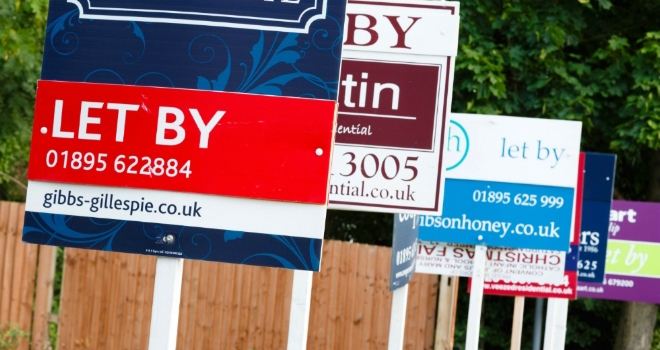
Data from the Association of British insurers has shown that between April and May 2015, almost a quarter of a million payments worth £1.8 billion were made to customers from pension pots.
New research from Prudential also indicates that more than a third of home owners aged 55 and over are planning to buy at least one more property in their lifetime. One in seven said that this is a response to the pension reforms enacted on 6th April 2015. Almost one in five said that they want to buy either a buy-to-let residential property, home for a relative, second home or a developmental property.
An Office for National Statistics Study of 20,000 people showed that 42% believe that property is the secret to creating the largest pension fund possible; a 10% rise from 2010. This suggests that some people believe they can invest in buy-to-let and live off the rental income throughout retirement.
However independent property adviser, Simon Morris, commented:
“No investor should cash in their pension to invest in buy-to-let in hopes of securing a stable income stream, without first weighing up the risks and rewards of buy-to-let.”
A study conducted by Wriglesworth Consultancy showed that on average, every £1,000 invested in buy-to-let since 1996 was worth £14,987 by the end of 2014. But take London out of these figures and investment growth is not as attractive. Meanwhile, the average UK rent hit £937 in July 2015; a rise of 4.6% from the year before. This suggests that potential landlords can reap significant rental income from buy-to-let, but this investment option also comes with considerable costs.
Simon Morris continued:
“You can only remove 25% of your pension pot tax-free, and the rest is taxed at the same rate as income. Then you have to factor in the costs of paying a buy-to-let mortgage and keeping up with residential property maintenance costs. A 2015 Platinum Paragon Property Partners study showed that the average cost of a buy-to-let property to landlords is £8,359 per year – and that’s without factoring in extenuating circumstances, such as the cost of void tenancies.
“Every investor who’s thinking of investing a lump sum pension should look at expected yield, offset the expected initial investment of a residential buy-to-let property and compare them with annuity returns. Which is more likely to supply the stable stream of income needed to provide support throughout retirement and weather the changing economy?
“I’d also advise potential investors to do extensive research before they cash in their pension to purchase a buy-to-let property. Investors should also explore a wide range of property investment products, beyond traditional bricks and mortar stock, before they commit. They may find that property bonds, investment funds and other products that can be invested in an ISA wrapper allow them to secure stronger returns at less risk. Some of these investment vehicles can also provide tax advantages or guarantee initial investment.”





